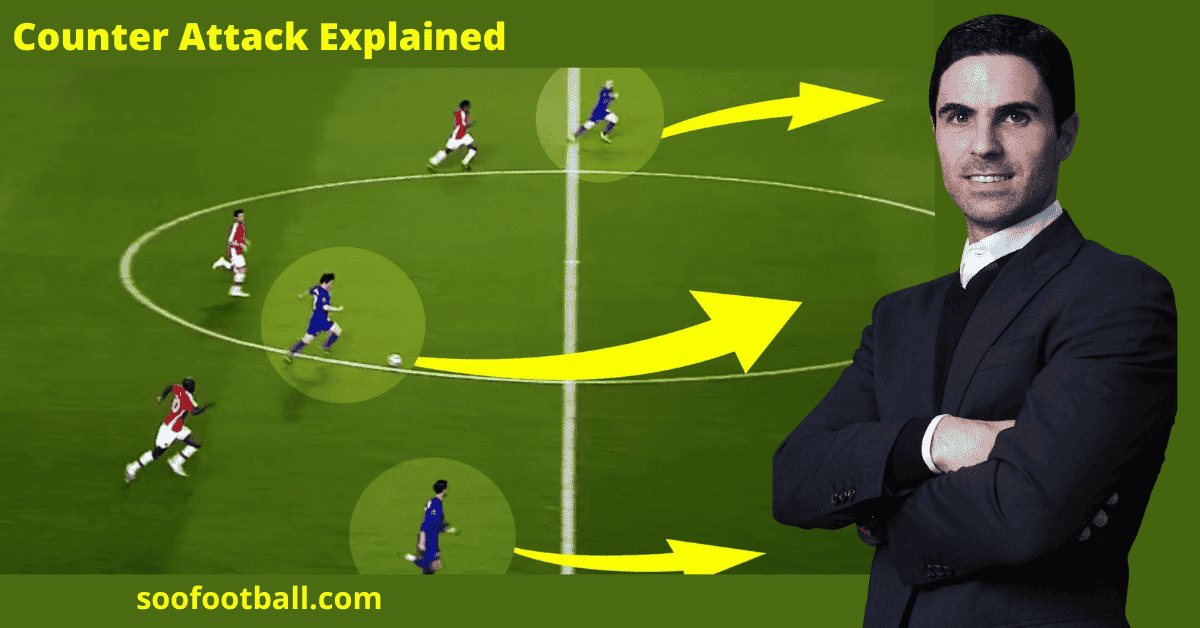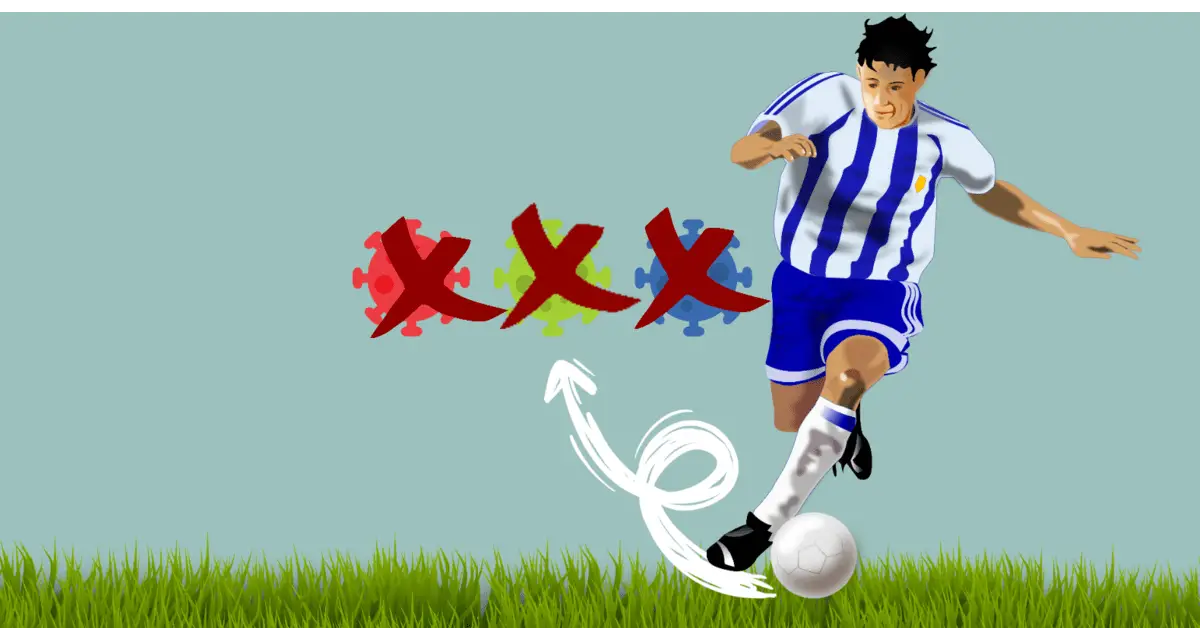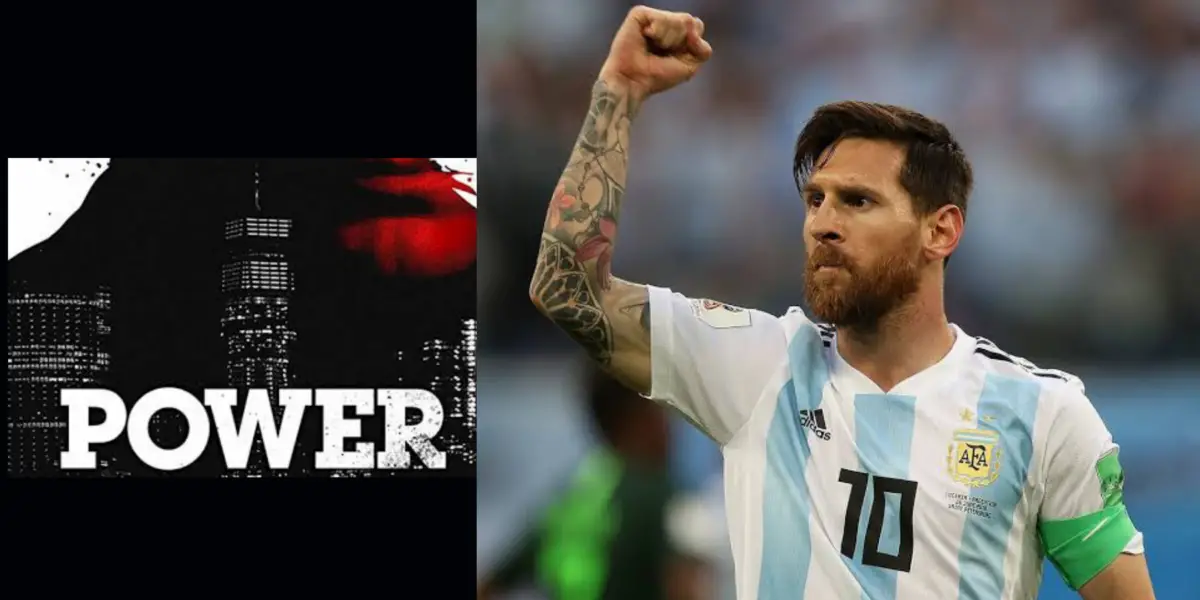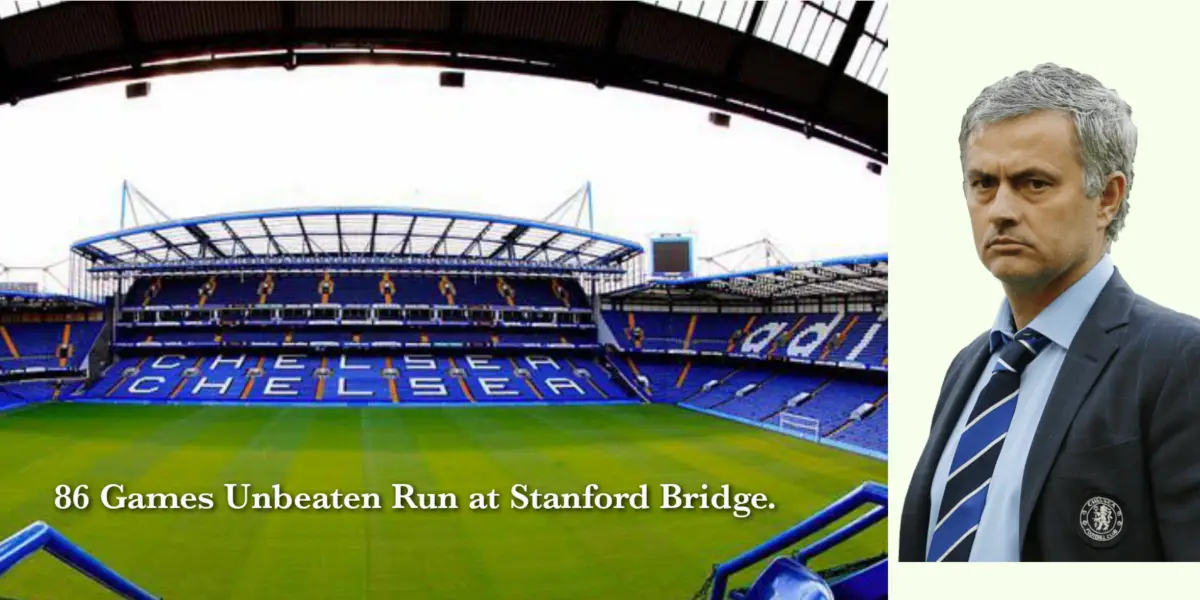Counter attack is one of the most-talked-about tactics in football.
On the basic level, almost every ardent football fan knows what counter attack means, as it is so often used in regular conversations.
However, not all football fans know understands the strategy from the tactical point of view. Or better still, most football fans do not in-depth understanding of the strategy.
The essence of this article is to provide a thorough analysis and meaning of counter attack.
What is Counter Attack in Football?
Literally, “counter attack” could mean “attack for attack”.
Similarly, in football, counter attack means taking advantage of an opponent’s lost possession to launch a swift attack.
In literal football terms, the strategy means “defending an opponent’s attack in one minute and attacking your opponent in the next minute.”
This better explains the “attack for attack” meaning given earlier.
To break it down further, there are basically 3 key components of a counterattack.
- Regaining Possession (or Dispossession)
- Pacey movement of the ball
- Pacey and Intelligent off-the-ball movements
It is important to mention that counter attacking move does not have to lead to a goal to be valid. Any successful shot on goal that has these 3 components can be called “counter attack”.
Of course, scoring is and should be the ultimate goal of a good counter attacking move.
The 3 Components of A Counter Attack
1. Regaining Possession
For a counterattack to start at all, a team must have regained possession of the ball.
There are two ways of regaining possession of the ball:
- Dispossession: when a team intercepts or consciously collects the ball from the opposition.
- When an attacking team unintentionally gives the ball away.
In either case, the ball is regained, and this is always the beginning point of a counterattack.
2. Pacey movement of the ball
After regaining possession, the next key component is the FAST movement of the ball itself.
Fast movement of the ball could take place in two ways:
- A quick attacking pass
- Fast solo run with the ball
In some cases, that initial quick, killer pass is the only pass needed setup a decent attack or a goal. At other times, strings of passes are needed.
Also, at other times, the fast movement of the ball could come from a solo run instead of a pass.
Whatever the case, the point here is that, for a counterattack to take place, the ball must move fast. Take note, the ball.
3. Pacey and Intelligent off-the-ball movements
It is important to mention that the movement of the ball takes place at the same time the off-the-ball movements take place (simultaneously).
Typically, attacking players without the ball run fast in order to outnumber opposition defenders. Not just about the pace, these players move intelligently to create space.
Watch below a compiled video of some of the best counter attacking moves in football. Look out for the three components highlighted above.
Who Started Counter Attacking Football?
To be candid, counterattack is part and parcel of football. It is not a separate invention from football, so in reality, counterattack has no inventor.
However, Herbert Chapman is generally attributed as the “inventor” of counterattacking football.
Types of Counter Attack in Football
Basically, there are two types of counter attacks:
- Intentional counterattack
- Gifted counterattack
Intentional Counter Attacks
Intentional counterattacks are typically those that start from dispossessing the opponent.
A team can be dispossessed either by a tackle or interception.
It is called “intentional” when a team directly influences regaining possession with a touch or contact with the ball.
Gifted Counter Attack
On the other hand, gifted counterattacks are those that start when opposition gives the ball away.
In this case, a team does directly regain possession by interception or tackle.
This time, the ball is given away or “gifted” to the opposition, and this could be the basis of a counterattack.
How To Play Counter-attacking football
Earlier, we highlighted the three components of counter attack. These three components must take place for a counterattack to be completed.
For these 3 components to take place, a team needs the right group of players on the football pitch to execute it.
So, two things stand out here:
- 1. Fast players: A team needs at least 5 very fast players on the pitch to execute the counterattack strategy. But having fast players alone is not enough.
- 2. The Right Instructions: The entire group of players on the pitch need to follow specific instructions from the coach in order to play counter attacking football. These instructions include positioning and movements of players on and off-the-ball.
The onus of a successful counterattacking football is down to instructions of the coach than having just fast players on the pitch.
Also, there is no one specific positional or movement instruction from a coach to execute counter attacking football.
So, to know in specifics how to play counterattacking football, it’s entirely down to an individual coach. However, the points laid out in this section are a good foundation.
Counter Attack football drills
In football, there are specific drills that are done in training to prepare a team for counterattacking football.
Watch this video to see a typical example of a counterattacking drill.
Counter Attack Football Formations
There is no one soccer formation made for counterattacks.
Actually, any standard football formation can work perfectly with counter attacking football.
As mentioned earlier, what matters most for counterattacking football to take place are the group of players on the pitch and the instructions given by the coach.
In essence, the formation does not really matter. But most successful counter attacking teams operate with a 4-3-3 formation.
Read Also: How Football Insurance Work
Teams That Play Counter Attacking Football
Of course, there are many teams that play counter attacking football. But for the purpose of this discussion, we’ll focus on the Premier League because it’s the most watched league in the world.
In the 2021/22 season, for example, Arsenal scored the most goals from counter attack in the Premier League.
See below the best counter attacking teams in the Premier League for 2021/22 season.
| Rank | Club | No. of Goals from Counter attack |
|---|---|---|
| 1 | Arsenal | 6 |
| 2 | West Ham United | 6 |
| 3 | Liverpool | 5 |
| 4 | Aston Villa | 4 |
| 5 | Leicester City | 4 |
| 6 | Manchester United | 4 |
| 7 | Tottenham Hotspur | 4 |
| 8 | Wolverhampton Wanderers | 4 |
How to defend Counter-Attack in Football
Basically, there are 3 key components to defend a counter attack.
- The closest payer to the ball must press or at least try to delay the attacker, so there will be enough time for other defenders to regroup.
- Other defenders must close spaces. In case they are outnumbered, they must still continue to defend spaces and try as much as possible to prevent a pass. This is better than trying to defend 1v1.
- Other players ahead of the ball should recover as fast as possible.
In essence, this defensive strategy is the best way to ‘counter a counter-attacking football’.
Although this strategy would not prevent all counter attacks from leading to a goal, it definitely will prevent most.
Read Also: How Clubs Pay Footballers
Advantages of Counter Attacking football
We broadly categorized the advantages of counter attacking football into two:
- 1. Helps to create more spaces on the ball when in possession, hence, a better goal scoring opportunity.
- 2. Most counter-attacking teams do a lot of high-pressing, hence helping the team recover possession as fast as possible.
Disadvantages of Counter Attacking football
Since counter attack is a fast-paced transition from defending to attacking, decision making and passing are fast. Hence, there is a high probability of frequently losing possession.
This is one major disadvantage of counter attacking football.
Read Also: Soccer Field Guide
Final Thought
Counter Attack is one of the commonly used strategies in football.
Don’t forget, there are 3 major components of counter attacks and they are:
- Regaining possession
- Pacey movement of the ball
- Pacey and Intelligent off-the-ball movements
If you enjoyed reading this, you’ll likely enjoy reading about Sarriball vs Tiki taka, the 4-4-2 or 4-5-1 formations.
Further Reading:





